Home>Gardening & Outdoor>Landscaping Ideas>How Heavy Is A Roll Of Artificial Grass
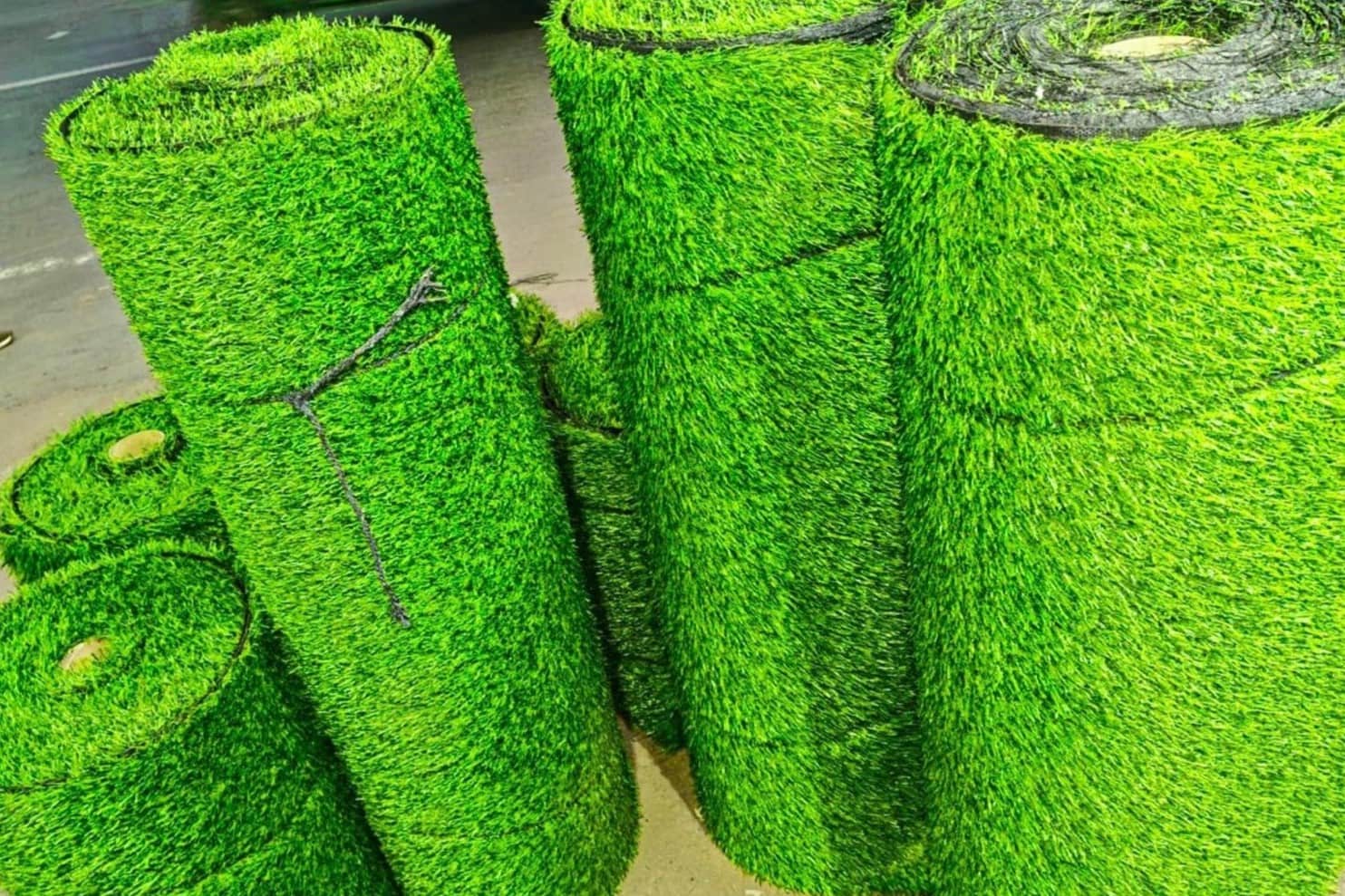

Landscaping Ideas
How Heavy Is A Roll Of Artificial Grass
Modified: February 18, 2024
Find the perfect landscaping ideas with our guide on how heavy a roll of artificial grass is. Get expert tips for your next project.
(Many of the links in this article redirect to a specific reviewed product. Your purchase of these products through affiliate links helps to generate commission for Storables.com, at no extra cost. Learn more)
Introduction
Welcome to the world of artificial grass, where lush green lawns meet low maintenance and high durability. If you’ve ever considered installing artificial grass in your outdoor space, you might have wondered about the weight of the material. After all, understanding the weight of artificial grass can be crucial for a successful installation, especially if you’re handling the project yourself.
In this comprehensive guide, we’ll delve into the details of artificial grass, exploring its composition, the factors that influence its weight, and ultimately, how heavy a roll of artificial grass can be. By the end of this journey, you’ll have a clear understanding of the weight dynamics associated with artificial grass, empowering you to make informed decisions for your landscaping endeavors.
Key Takeaways:
- Artificial grass weight varies based on factors like material composition, pile height, and infill presence. Understanding these influences is crucial for successful installation and transportation, ensuring safety and structural integrity.
- The weight of artificial grass rolls can range from 1 to 2 pounds per square foot, with larger rolls weighing several hundred pounds. This impacts handling, transportation, and installation, requiring careful planning and consideration of load-bearing capacities.
Read more: How To Secure Heavy Greenery On A Banister
Understanding Artificial Grass
Artificial grass, also known as synthetic turf or fake grass, has come a long way from its early days of limited applications. Today, it is a popular choice for residential lawns, commercial landscapes, sports fields, and even indoor spaces. This synthetic alternative to natural grass offers numerous benefits, including minimal maintenance, water conservation, and year-round greenery.
Modern artificial grass is crafted from a variety of materials, typically including polyethylene, polypropylene, and nylon. These materials are intricately woven into a durable backing, creating a surface that closely mimics the look and feel of natural grass. Advanced manufacturing techniques have resulted in artificial grass that is not only visually appealing but also soft to the touch, making it suitable for various activities and applications.
One of the key advantages of artificial grass is its resilience in the face of environmental challenges. Unlike natural grass, which requires regular watering, mowing, and fertilizing, synthetic turf remains unaffected by drought, extreme temperatures, and heavy foot traffic. This durability is a significant factor in its popularity, especially in regions where maintaining a natural lawn can be challenging.
Furthermore, artificial grass is available in a range of styles, textures, and pile heights, allowing for customization to suit specific preferences and requirements. Whether you prefer a lush, manicured look or a more rugged, natural appearance, there is an artificial grass option to fulfill your vision.
Factors Affecting Weight
The weight of a roll of artificial grass can be influenced by several factors, each playing a crucial role in determining the overall heft of the material. Understanding these factors is essential for anyone involved in the handling, transportation, or installation of artificial grass.
- Material Composition: The materials used in the construction of artificial grass significantly impact its weight. Different types of synthetic fibers, backing materials, and infills contribute to the overall density and mass of the turf. For instance, artificial grass with a higher pile height or a denser backing may weigh more than a lighter, low-pile alternative.
- Pile Height and Density: The height and density of the grass blades, known as the pile, can also affect the weight of the turf. A thicker pile or higher density results in a greater amount of material per square meter, consequently increasing the overall weight of the roll.
- Backing Type: The backing of artificial grass, which provides stability and support to the blades, comes in various compositions such as polyurethane or latex. The type and thickness of the backing material contribute to the overall weight of the turf.
- Infill Material: Some artificial grass products incorporate infill materials, such as sand or rubber granules, to enhance stability and resilience. The presence and quantity of infill can add substantial weight to the turf, particularly in larger installations.
- Roll Dimensions: The dimensions of the artificial grass roll, including its width and length, directly impact its weight. Larger rolls naturally weigh more than smaller ones, making handling and transportation considerations crucial for such variations.
These factors collectively determine the weight of a roll of artificial grass, highlighting the importance of assessing and understanding the specific characteristics of the turf before planning its installation or transportation. By considering these influences, individuals can effectively prepare for the handling and deployment of artificial grass, ensuring a smooth and successful implementation.
When measuring the weight of a roll of artificial grass, consider the density and thickness of the material. A general rule of thumb is that a roll of artificial grass can weigh between 1.5 to 2 pounds per square foot.
Weight of a Roll of Artificial Grass
When it comes to the weight of a roll of artificial grass, it’s essential to recognize that this can vary significantly based on the specific attributes of the turf. While there is no standard weight that applies universally, understanding the typical ranges and considerations can provide valuable insights for consumers, landscapers, and installers.
On average, a roll of artificial grass can weigh anywhere from 1 to 2 pounds per square foot. However, this figure is contingent on various factors, including the pile height, backing type, infill presence, and overall dimensions of the roll. For instance, a roll of artificial grass measuring 15 feet in width and 100 feet in length with a dense, high-pile construction and substantial infill can weigh several hundred pounds.
It’s important to note that the weight of artificial grass becomes particularly relevant during transportation, handling, and installation processes. Large rolls of turf, especially those designed for expansive commercial or athletic installations, can pose logistical challenges due to their considerable weight. As such, careful planning, equipment utilization, and adherence to safety protocols are essential when dealing with heavy rolls of artificial grass.
Moreover, the weight of the turf must be factored into the load-bearing capacity of the installation site, especially for rooftop gardens, balconies, and other elevated surfaces. Understanding the weight dynamics of artificial grass enables property owners, contractors, and architects to make informed decisions regarding structural integrity and support requirements.
For DIY enthusiasts embarking on artificial grass projects, being cognizant of the weight of the turf can influence the selection of tools, adhesives, and handling techniques. Additionally, it can inform decisions related to sub-base preparation and the enlistment of assistance for maneuvering and laying the turf effectively.
By comprehending the weight considerations associated with artificial grass, individuals and professionals can navigate the intricacies of its handling and installation, ensuring successful outcomes while prioritizing safety and structural integrity.
Conclusion
As we conclude our exploration of the weight of artificial grass, it’s evident that this aspect plays a significant role in the planning, execution, and long-term performance of landscaping projects. Understanding the factors that influence the weight of artificial grass, as well as the implications of varying weights, empowers individuals to make informed decisions and undertake successful installations.
Artificial grass, with its diverse material compositions, pile heights, and infill options, presents a wide spectrum of weights, ranging from relatively lightweight residential turf to substantial rolls designed for commercial and athletic applications. This diversity underscores the importance of assessing the specific weight dynamics of the chosen turf before embarking on installation or transportation endeavors.
For consumers and property owners, awareness of the weight of artificial grass facilitates thoughtful consideration of load-bearing capacities, installation logistics, and long-term maintenance requirements. By factoring in the weight of the turf, individuals can ensure that their chosen landscaping solution aligns with the practical and structural needs of their outdoor spaces.
Professionals in the landscaping and construction industries benefit from a comprehensive understanding of artificial grass weights, enabling them to plan and execute installations with precision and safety in mind. Whether it’s a residential lawn transformation or a large-scale commercial project, the weight of the artificial grass holds implications for equipment selection, sub-base preparation, and adherence to industry standards.
Ultimately, the weight of a roll of artificial grass is not merely a technical detail but a pivotal consideration that intersects with practical, logistical, and aesthetic aspects of landscaping. By embracing this understanding, individuals and professionals can embark on artificial grass projects with confidence, knowing that they are equipped to navigate the weight dynamics of this versatile and enduring landscaping solution.
Frequently Asked Questions about How Heavy Is A Roll Of Artificial Grass
Was this page helpful?
At Storables.com, we guarantee accurate and reliable information. Our content, validated by Expert Board Contributors, is crafted following stringent Editorial Policies. We're committed to providing you with well-researched, expert-backed insights for all your informational needs.

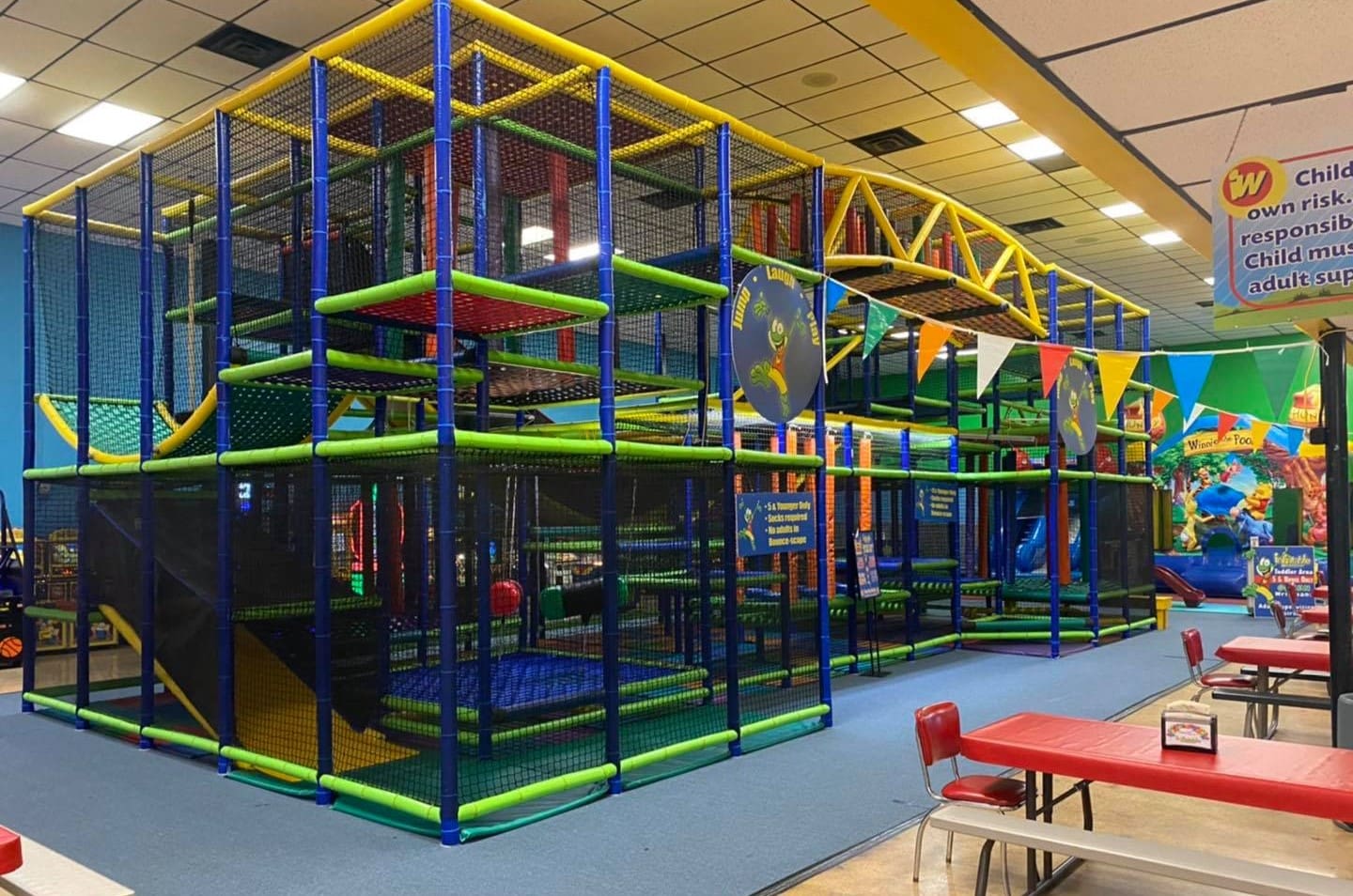
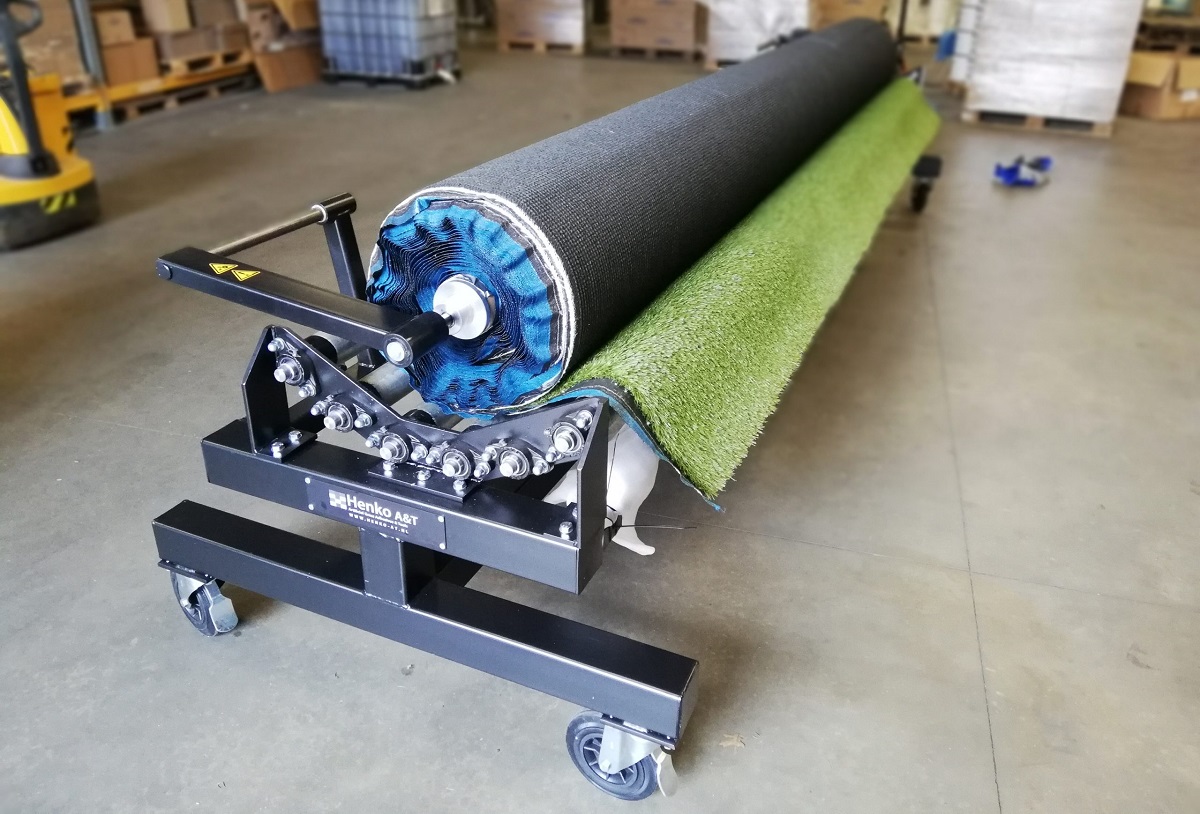
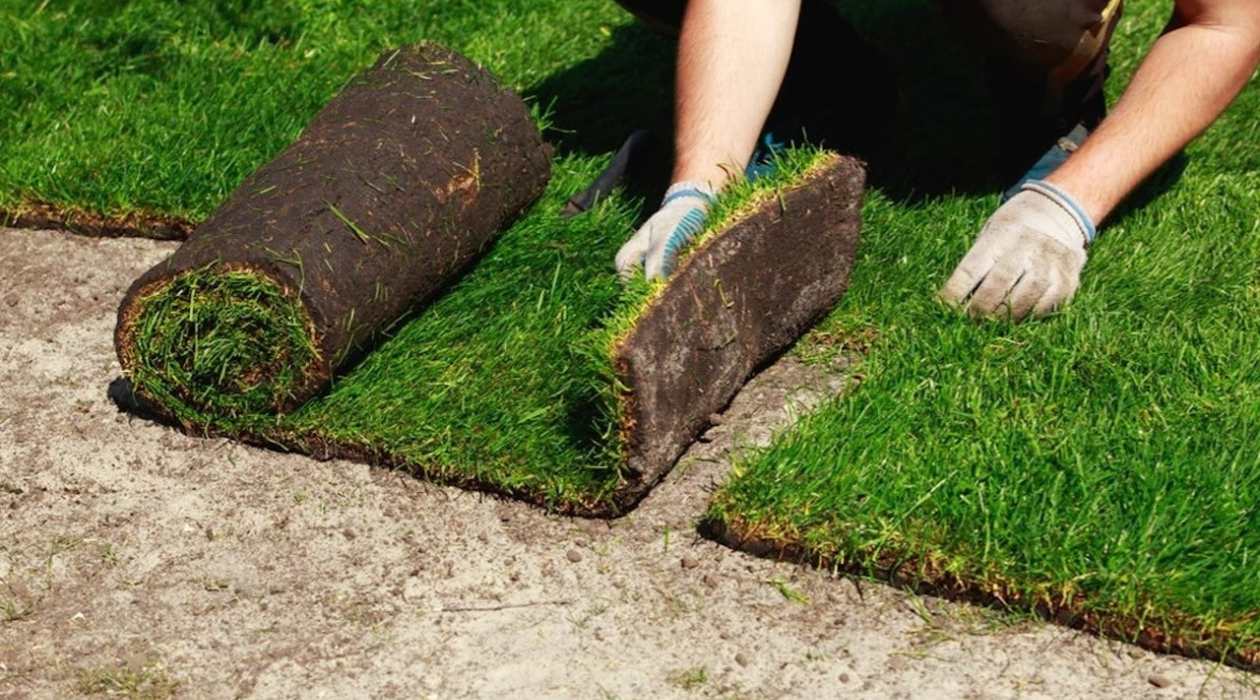
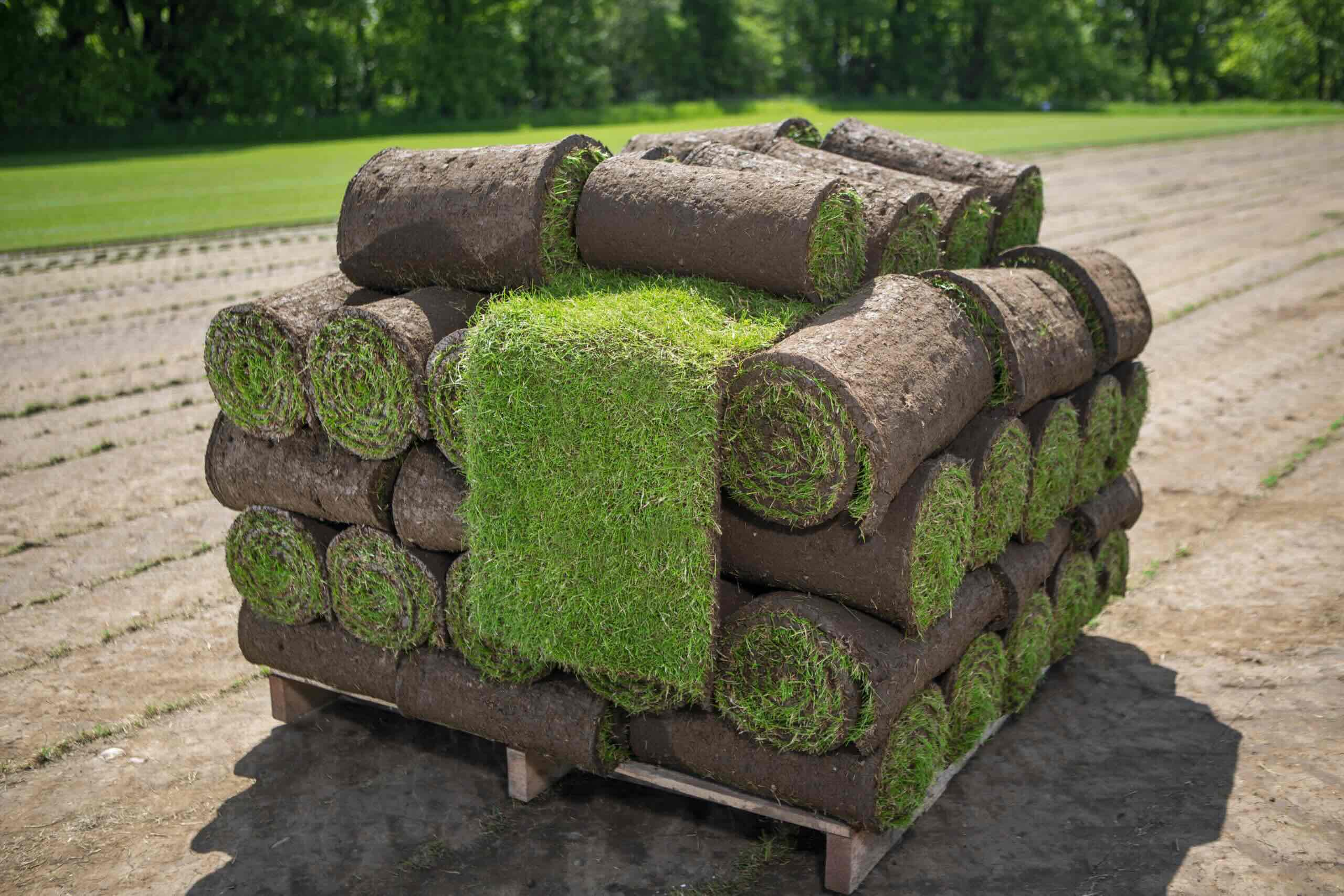
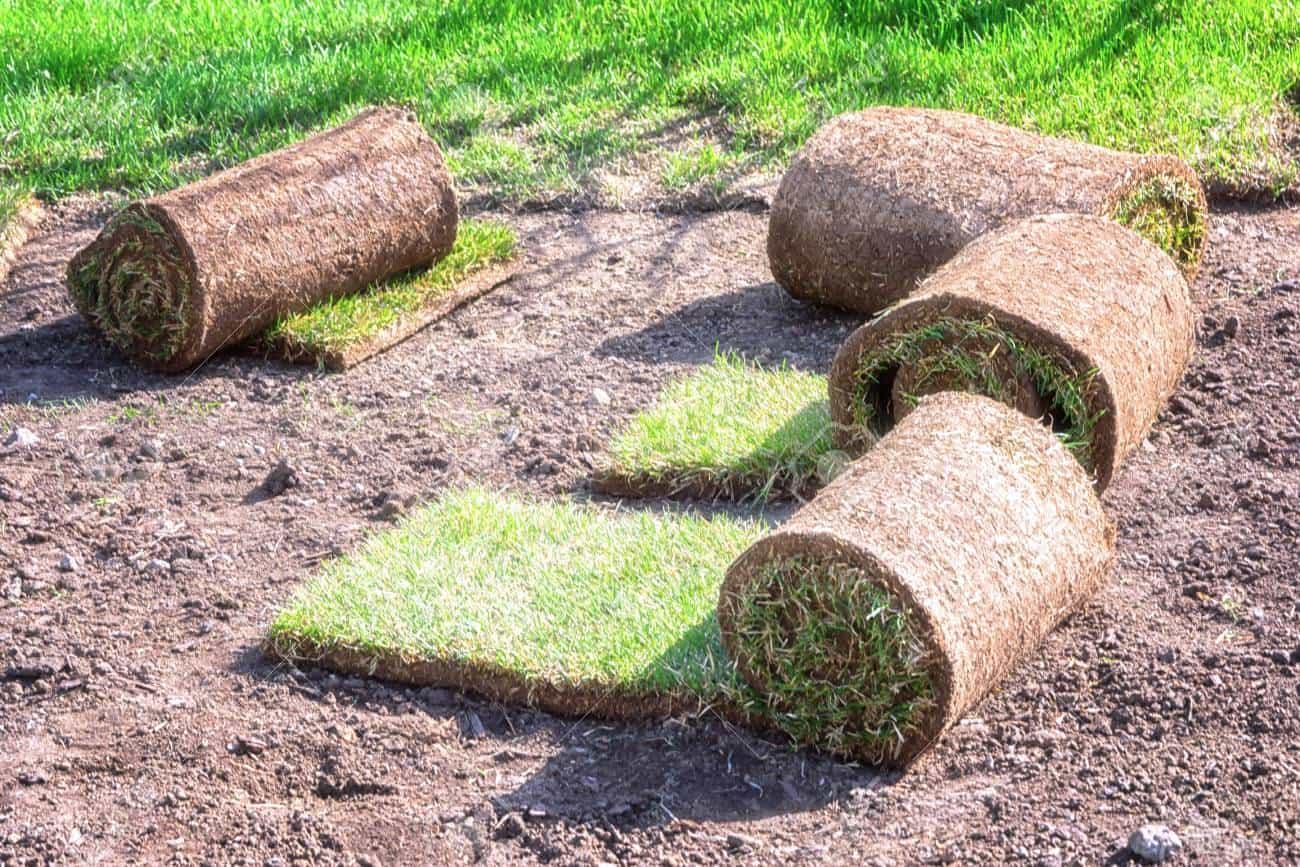
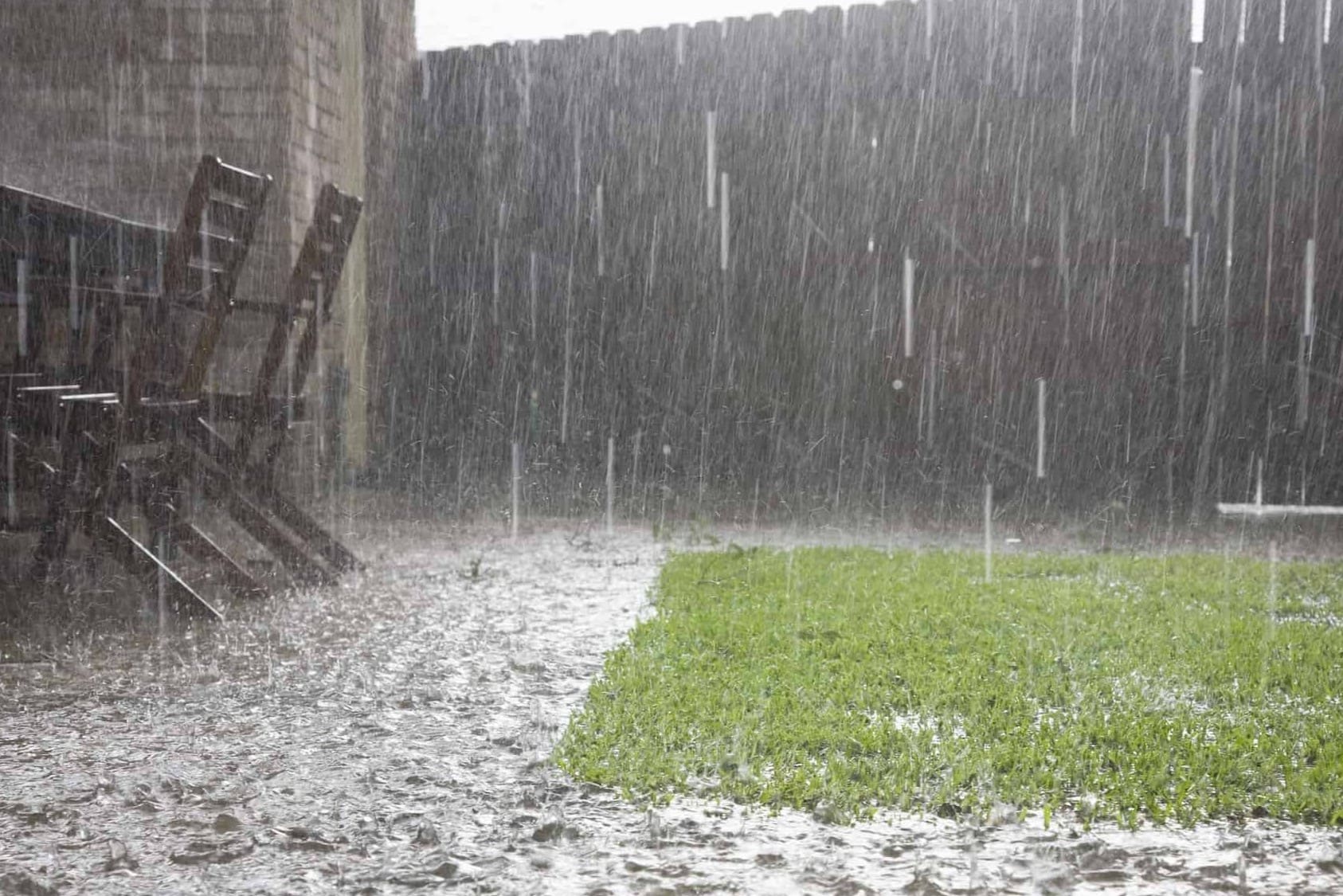
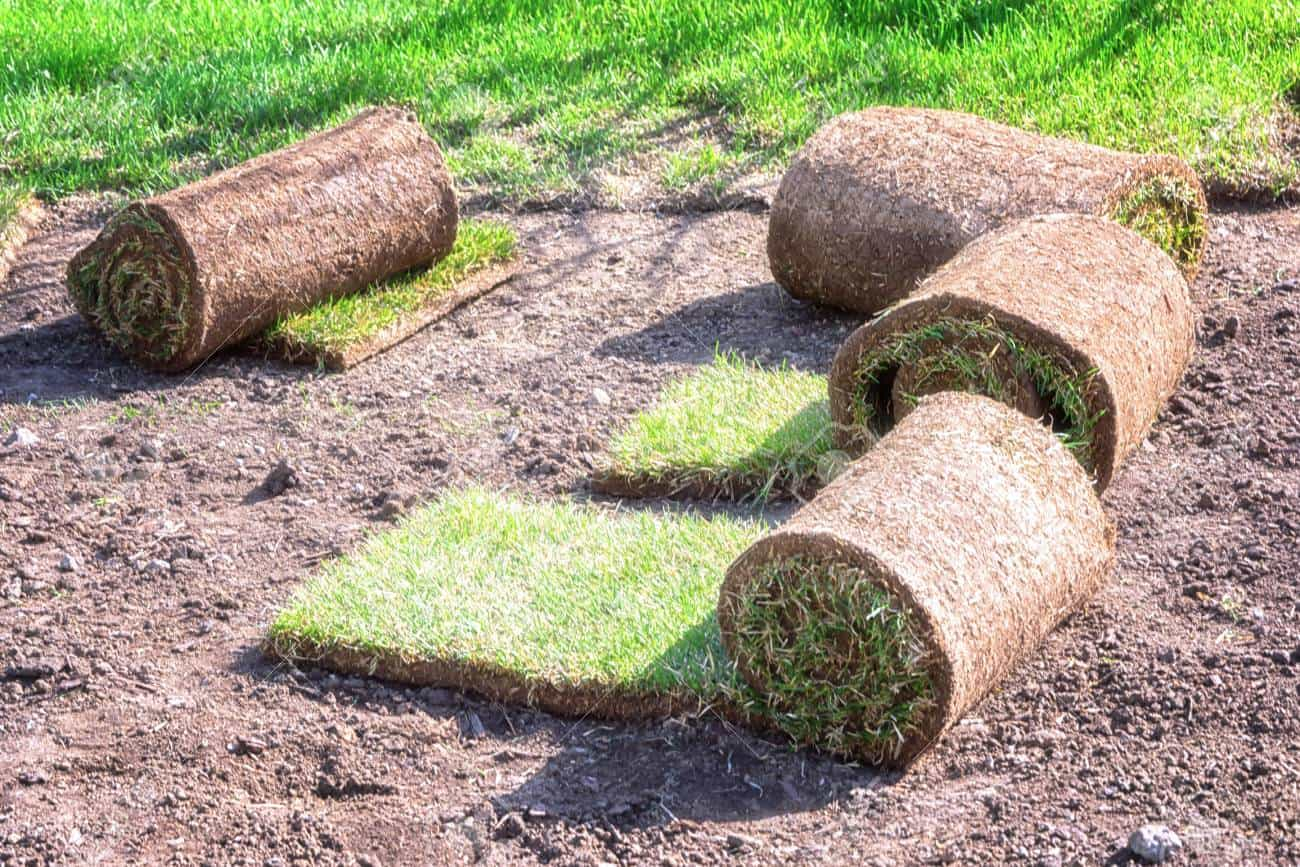
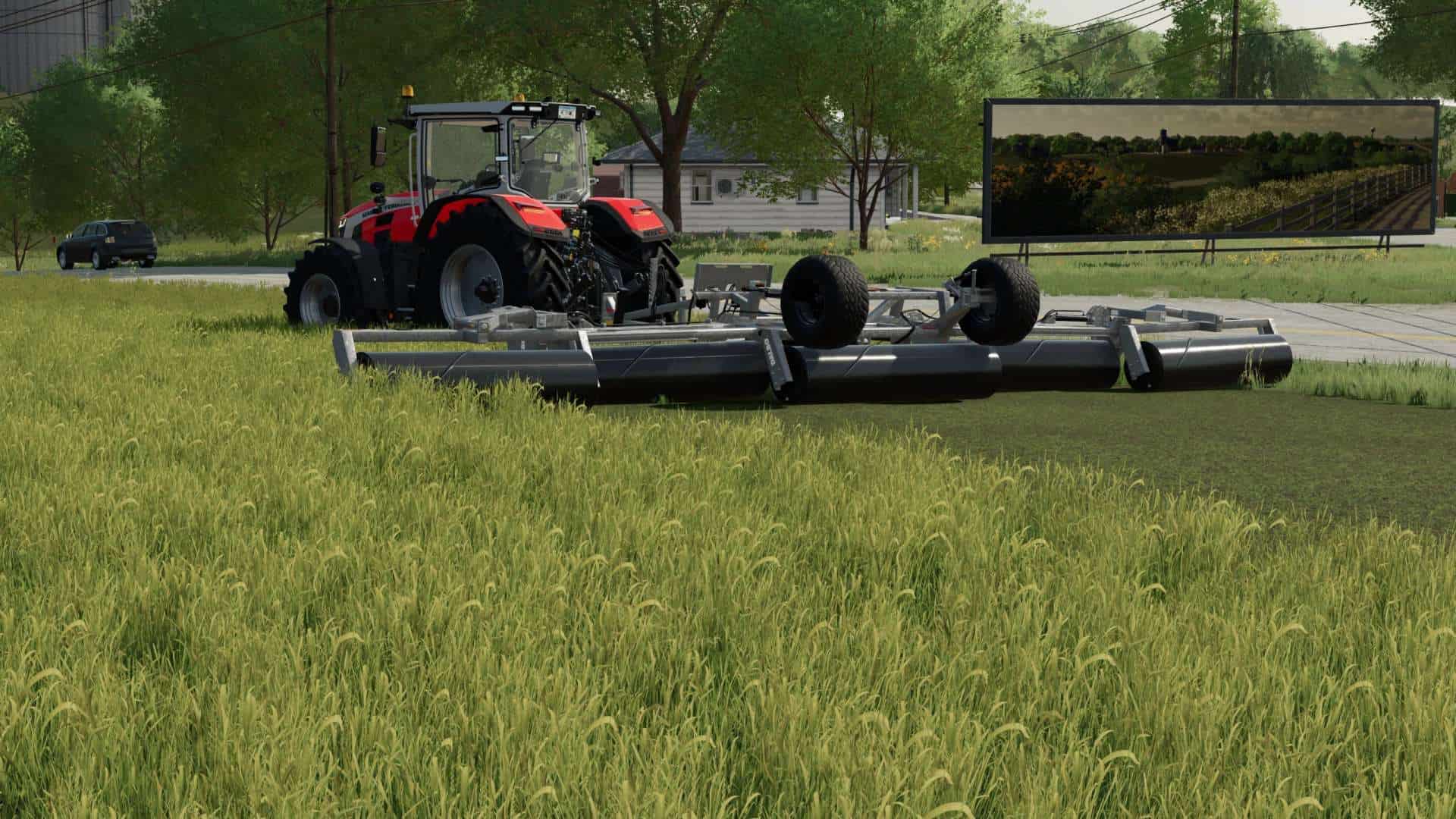







0 thoughts on “How Heavy Is A Roll Of Artificial Grass”